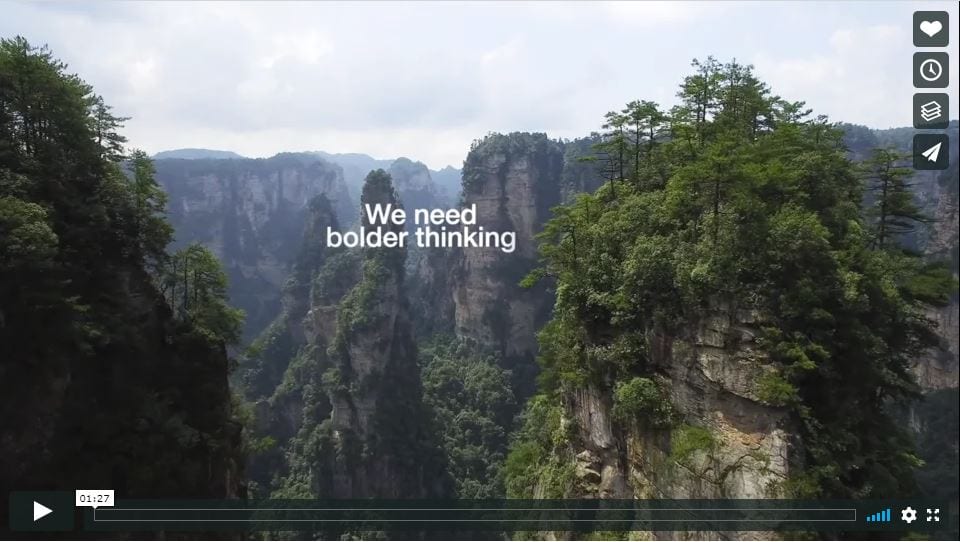
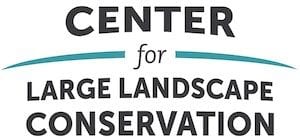
Center for Large Landscape Conservation (CLLC), a non-profit organization based in Bozeman, MT, was founded in 2011 by Dr. Gary Tabor to address the challenges of providing wild spaces, especially connected wild spaces. CLLC works to connect and activate people and communities to protect the health and climate integrity of the planet through large-scale conservation measures. The earth is a tapestry of interconnected large landscapes and seascapes which support natural processes and cycles that work distinctly and together to maintain our climate, support animal and plant life, and determine the quality of our air, water, and food. Yet, more than half the earth is developed, causing widespread fragmentation of our large landscapes, compromising human health, accelerating the loss of species, and severely limiting nature’s ability to withstand the impacts of global warming. CLLC is the hub of a fast-growing global movement to reverse the fragmentation of the earth’s large landscapes and restore nature’s resilience to climate change.
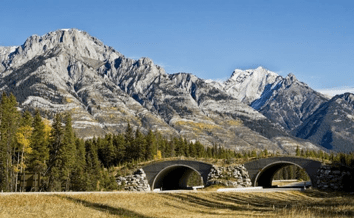
- IDENTIFY threats and prioritize solutions
- CONNECT natural areas
- PROVIDE CRITICAL HABITAT and safe migration for wide-ranging animals
- PROTECT ECOLOGICAL processes and systems
- SUPPORT COLLABORATIONS that deepen community resilience
CLLC engages primarily in the following ways:
Supporting community-based planning to restore, protect, and manage large landscapes.
CLLC works with communities to plan for and restore the integrity and natural connectivity of the landscapes within which they live and work. For example, CLLC assists the Blackfeet Nation with climate adaptation planning, education, and on-the-ground projects, such as beaver mimicry dams, across their 1.2 million acres.
Developing and applying science to reconnect fragmented landscapes and provide safe passage for wildlife and people.
CLLC uses spatial models and maps to help planners identify where and how animal and plant populations move across the landscape, and how people’s priorities and actions help or hinder that movement. We apply this knowledge to defend vital links and safe passage between landscapes, and to identify places to protect, restore, and build. For example, CLLC works with county governments, such as Teton County, Wyoming, to reduce wildlife-vehicle collisions and support critical wildlife movement and migrations in the Greater Yellowstone Ecosystem.
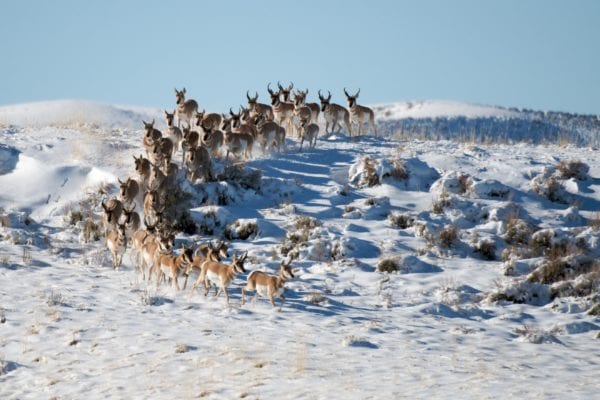
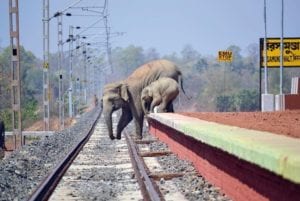
Connecting professionals and decision makers to share information and resources worldwide.
CLLC serves as a hub for information, tools, news, and best practices and believes everyone should have a seat at the table to work together to find solutions. CLLC is directly networked with over 28,000 conservation professionals and organizations around the globe. For example, the Roundtable on the Crown of the Continent networks over 100 organizations and governments protecting the 18-million acres where plants and animals and peoples from the Pacific Northwest, eastern prairies, southern Rockies, and boreal forests converge.
Informing new policy and law to support and accelerate large landscape conservation locally, nationally and globally.
CLLC is developing global standards for corridors and connectivity areas, which is key in supporting a systems approach to protecting, restoring, and managing large landscapes. For example, (1) CLLC chairs the Connectivity Conservation Specialist Group to promote connectivity science and practice around the world and preparing new large landscape designation criteria for the International Union for the Conservation of Nature (IUCN) and (2) CLLC chairs the Transportation Working Group, a global group of practitioners that pulls together technical, finance, and policy expertise to address linear infrastructure development in high biodiversity regions of the world.



